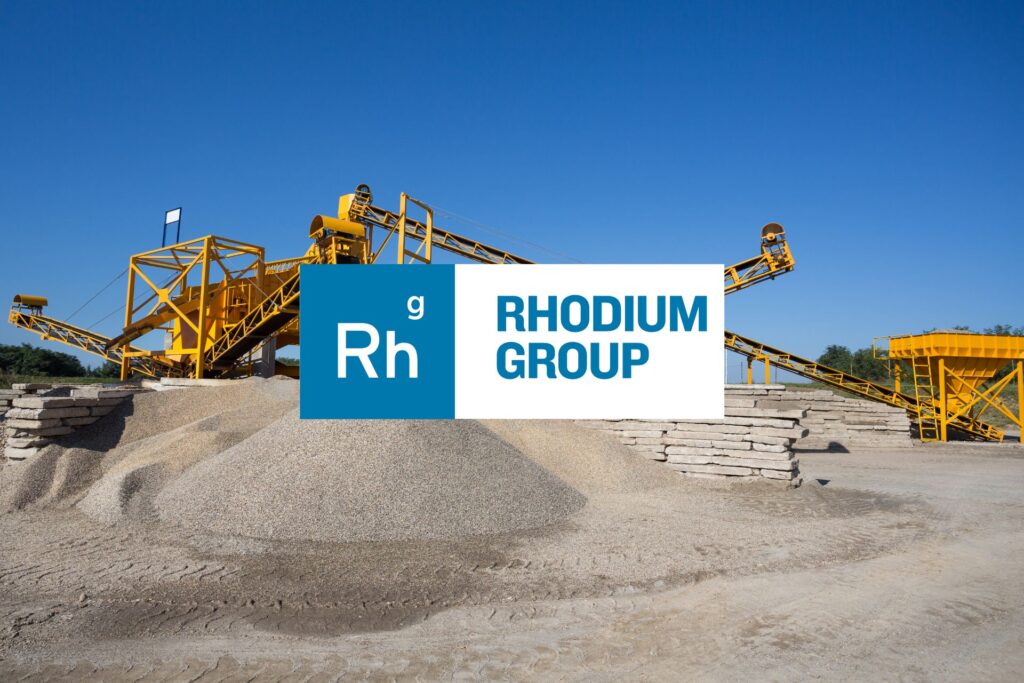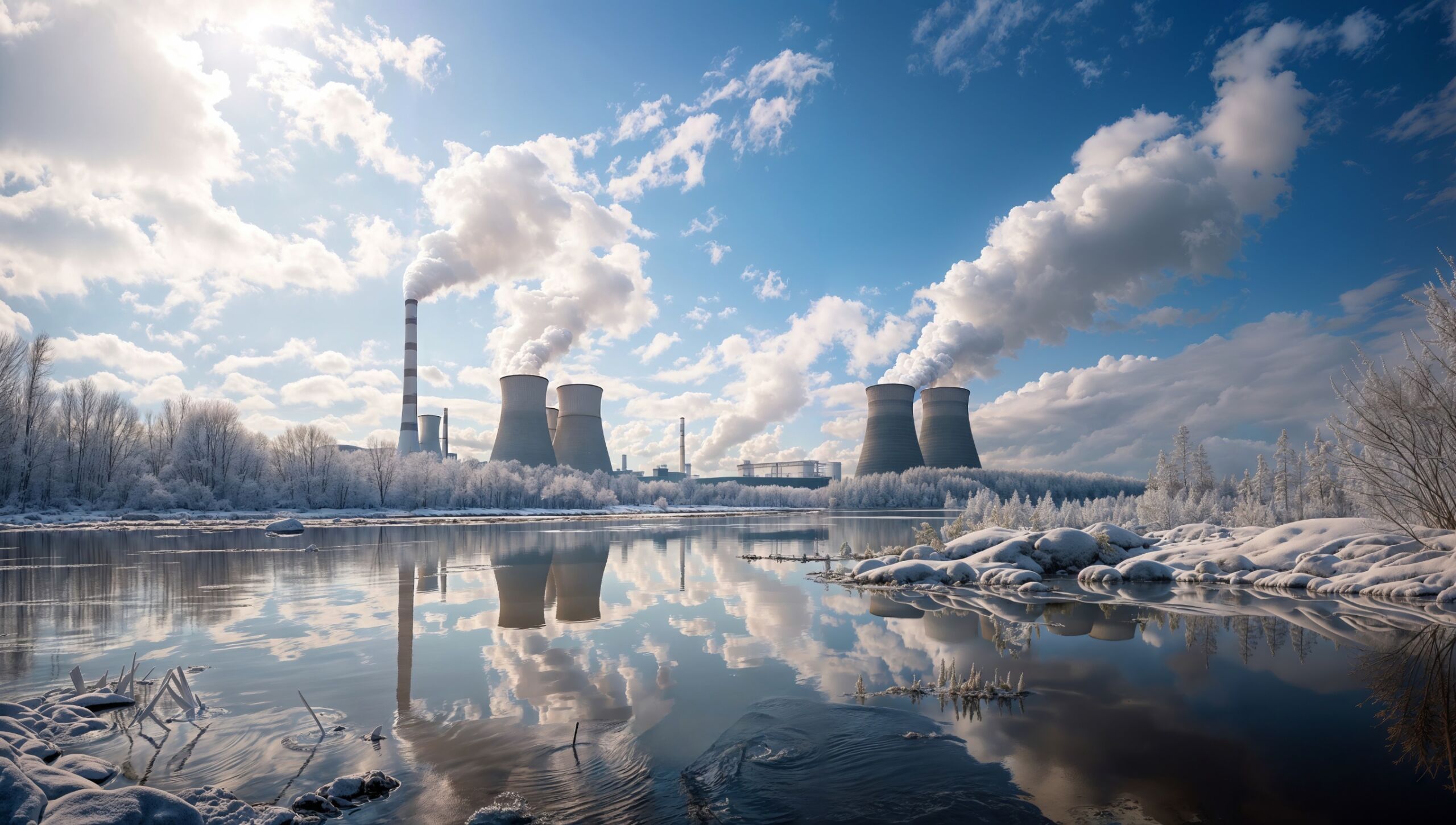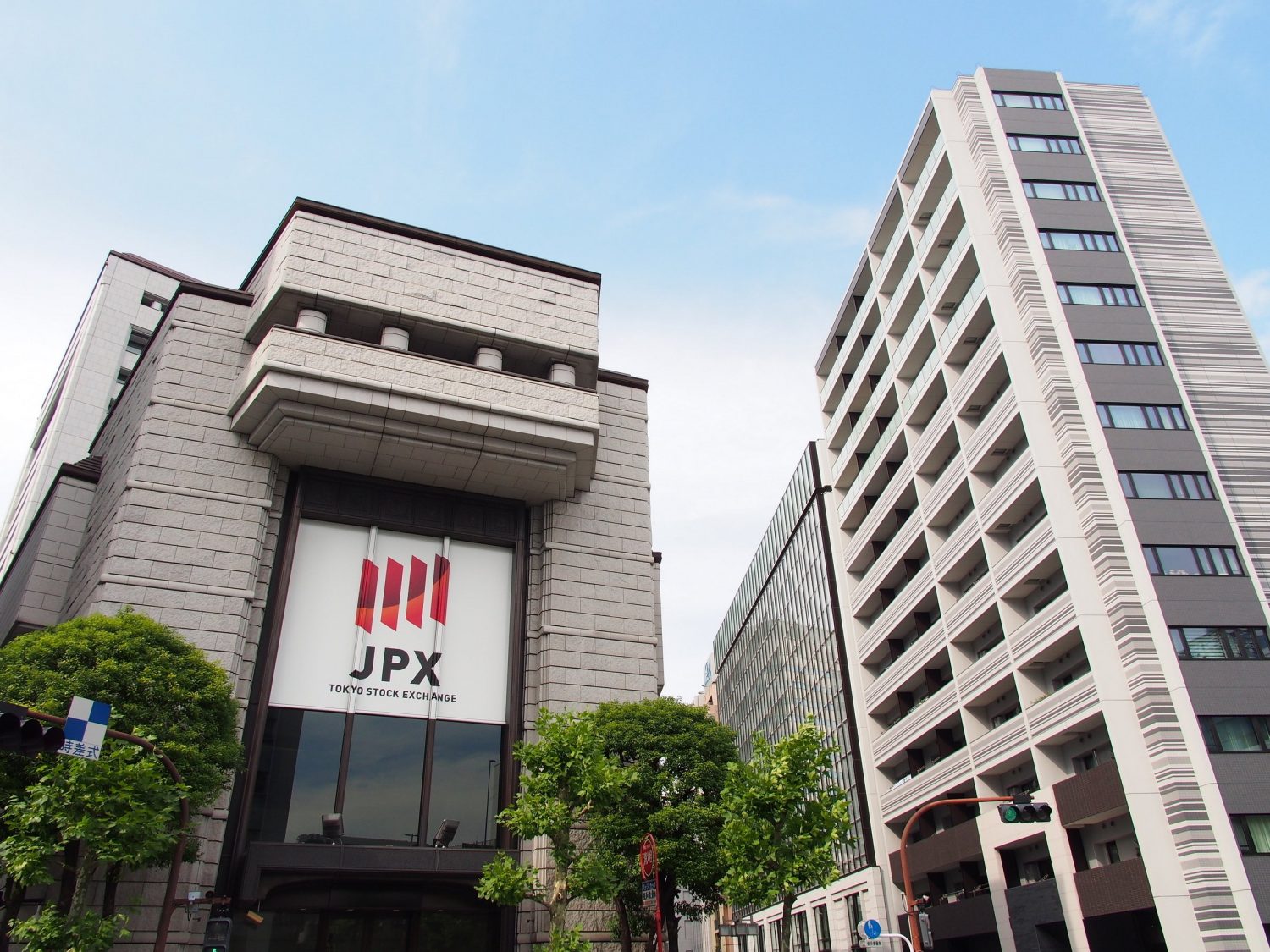Think Tank Rhodium Group says developing nations’ booming cement demand may drive up CO2 emissions

|
Listen to this story:
|
The world’s climate goals hinge on accelerating policy and innovation to deploy low-carbon cement technologies in key regions.
Cement: Crucial but Carbon-Heavy
Cement, a cornerstone of global infrastructure, is also a major emissions culprit, responsible for 6% of global greenhouse gases (GHG) today. While developed regions may have plateaued in cement use, developing regions are expected to see massive growth due to infrastructure demands.
Rhodium Climate Outlook projections suggest that depending on economic growth, global cement emissions outside of developed economies could double by 2100, exceeding those of all cars on the road today. Unlike electric vehicles that have seen significant adoption, there are no mature, cost-competitive solutions for cement decarbonization yet. Several promising options are under development, including carbon capture, hydrogen and electric kilns, and alternative electrochemical processes.
A World Built on Cement
Cement is the second-most used material globally, after water. Its production has grown exponentially, driven by China’s rapid urbanization. Developed economies’ share of global production has shrunk significantly, from 64% in 1970 to just 12% in 2020, as China’s production boomed.
Cement is essential for infrastructure and shelter. Demand in growing economies is driven by economic development. Historically, per capita cement demand rises with increasing GDP per capita as a region urbanizes. This is followed by a leveling off or slow decline as infrastructure needs are met, as seen in developed nations.
Outside of developed economies, per capita demand has been steadily rising for the past 50 years, particularly in China. However, it remains well below developed economies on average.
Looking ahead, per capita demand is expected to follow the historical trend of rising and then leveling off. Rhodium Climate Outlook forecasts show a decline in China’s per capita demand by 2100, converging with the global average due to slowing urbanization and growth. Meanwhile, demand in developed economies is projected to decline by nearly 50%, with the rest of the world converging towards the global average.
While China’s exceptional growth is unlikely to be repeated elsewhere, demand outside China and developed economies is expected to rise from 30% of the global total today to 84% by 2100. As consumption shifts to emerging economies, average global demand remains relatively flat through the century.
Africa, in particular, is projected to become the single largest cement producer by the end of the century, driven by population growth, even though per capita demand won’t reach levels seen in China or developed economies. The Middle East and Asia are also expected to see rapid urbanization driving per capita demand.
Unlike steel, where a significant portion is traded internationally, only 2.6% of cement is traded. This means a country’s production is tightly linked to domestic demand, driven by local economic and population growth. Trade measures therefore have limited capacity to drive decarbonization in the sector.
The Emissions Challenge
As cement demand has risen, so have its associated emissions. Cement production now accounts for 6% of global GHG emissions. If it were a country, it would be the world’s fourth-largest emitter.
Even without major policy interventions or affordable decarbonization solutions, global cement emissions are expected to peak this decade and then decline somewhat by mid-century as population and economic growth plateau in China. However, emissions are projected to remain stubbornly high, potentially even growing again in the latter half of the century.
Rhodium Climate Outlook forecasts a wide range of possibilities for cement production and emissions. Our estimates suggest that direct emissions from cement could grow up to 17% or decline by 39% by 2050 from today’s levels, a significant uncertainty driven by economic and population dynamics.
In the absence of additional investment in innovation and decarbonization policies, emissions are expected to remain relatively flat after 2050. Economic uncertainty outside of developed economies and China is a major driver of this uncertainty.
Developed economies and China, with their mature infrastructure and stabilized cement demand, are expected to see relatively flat per capita demand moving forward. However, the rest of the world, with its potential for growth tied to economic development, presents a significant uncertainty in terms of future emissions.
Cement emissions in Africa, in particular, are highly uncertain but on an upward trend, with the potential to grow by a factor of 8 by the end of the century. This reflects the continent’s uncertain development trajectory. The rest of the world is also expected to see emissions growth on average, with a wide range of possibilities encompassing scenarios with stable or declining emissions.
Scaling up new technological solutions beyond developed economies and China will be crucial for addressing global cement emissions in the decades to come.
Charting a New Path Forward
Existing Technologies:
Limestone, clay, or other materials containing calcium, silicon, iron, and aluminum are quarried, ground up, and fed into a rotary kiln. Fossil fuels are used to heat the kiln to around 1400°C, where calcination occurs, releasing carbon dioxide and converting limestone to lime. The lime then reacts with other compounds in the kiln to form clinker, a key ingredient in cement. Clinker is then cooled, ground up, and mixed with additives to form cement.
The amount of clinker in a ton of cement varies, but the calcination process in clinker production is a major source of emissions. Not only does the kiln require large amounts of fossil fuels, but the calcination reaction itself releases about 520 kg of CO2 per ton of clinker. Additionally, there are indirect emissions from fossil fuel and electricity used in the manufacturing process.
Current efforts to decarbonize cement focus on efficiency gains and tweaks to the existing process:
- Dry process: Around 80% of clinker is produced via a dry process, which is more energy-efficient than the wet process that uses water.
- Biomass or waste fuels: Some manufacturers substitute fossil fuels with biomass or waste, which can have a lower emissions footprint when combusted at high temperatures.
Looking ahead, we can expect continued improvements in energy efficiency and increased fuel substitution where economically feasible. Additionally, using widely available materials like calcined clay, fly ash, and natural pozzolans as clinker substitutes (up to 30-40%) can reduce emissions without compromising structural integrity and may even be cost-effective.
New and Emerging Technologies:
Significant technological innovation and investment are needed to close the remaining emissions gap. Here’s a look at some promising options with their advantages and limitations:
- Carbon Capture, Storage, and Utilization (CCSU):
- Amine-based CCS: The most mature option, capturing CO2 from the flue gas after combustion. A commercial-scale project is expected online in Norway in 2024. It can achieve capture rates of around 90% but is energy-intensive and doesn’t eliminate all emissions.
- Oxyfuel combustion + CCS: Achieves higher capture rates (90-99%) by using pure oxygen for combustion, but requires more adaptation of the kiln process and has higher costs.
- Electrically Driven Processes:
- Electrified calciner/kiln: Replaces fossil fuels with electric heating, resulting in a pure CO2 stream for capture and storage. With net-zero electricity, this could be highly effective but requires significant energy and grid decarbonization.
- Hydrogen-based Processes:
- Oxy-hydrogen combustion: Initial demonstrations by Heidelberg Cement show promise, but require fully decarbonized power and efficient electrolyzers for significant emissions reduction.
- Electrochemical Processes:
- Novel processes like those by Sublime Cement offer a complete alternative, eliminating process emissions entirely and potentially using waste materials. However, they are in early stages and rely heavily on clean electricity.
The Policy Landscape:
While clinker substitution and efficiency gains can be economically attractive, most emerging technologies are still nascent. Policy support or private investment is crucial for their deployment:
- Government procurement and private investment: Can provide early-stage support and drive down technology costs.
- Carbon capture incentives: Policies like the 45Q tax credit in the US can help offset the added cost of carbon capture.
- Clean energy policies: Promoting and investing in cheap renewable energy and zero-carbon dispatchable power are essential for many technologies to achieve significant emissions reductions, especially in developing economies.
Related Article: Rhodium Study: U.S. Greenhouse Gas Emissions Rose 1.3% in 2022
Due to the low-trade nature of cement, trade policies are unlikely to be effective in driving decarbonization efforts. Instead, policies that promote and make readily available low-carbon cement technologies, particularly in developing economies experiencing rapid urbanization, will be crucial for tackling future cement emissions.
In conclusion, the global cement industry faces a significant challenge in decarbonizing its production processes. While existing technologies offer some improvements, substantial innovation and policy support are needed to develop and deploy large-scale, cost-effective low-carbon solutions, particularly in regions with booming cement demand. By accelerating research, development, and investment in these new technologies, the cement industry can play a vital role in achieving global climate goals.











